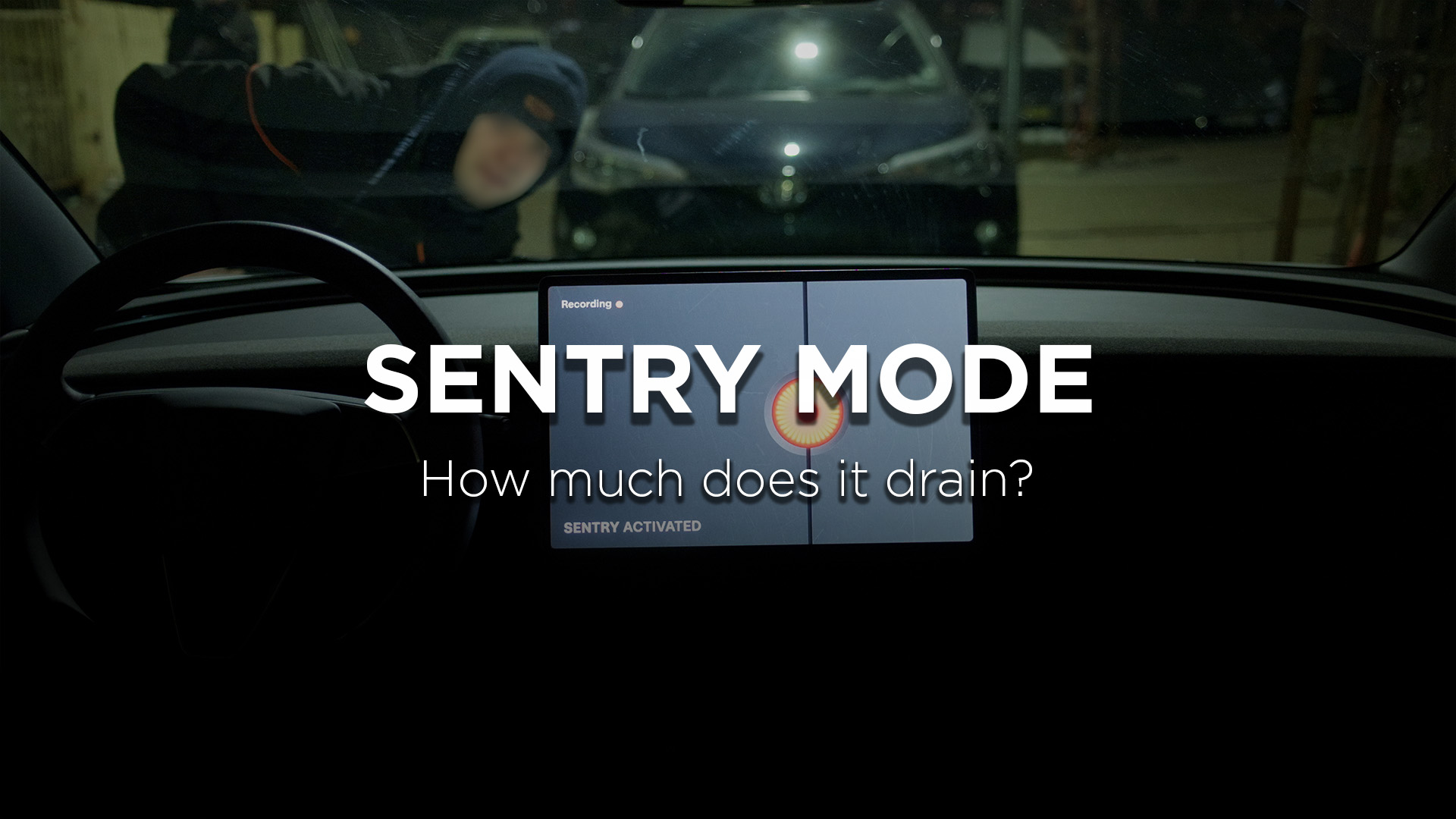How Much Battery Does Tesla's Sentry Mode Drain Overnight?

Tesla's Sentry Mode is an intelligent security system that activates your car’s sensors and cameras to detect and record unusual or potentially threatening activities nearby. Like other modes, Sentry draws additional power and remains active as long as the battery's State of Charge (SOC) is above 20%.
Despite the energy draw, it’s a handy feature that provides peace of mind, especially for those who park their cars on the streets.
But how much energy does Sentry Mode actually consume? To answer this question, we tested it on the LFP battery of our Model 3 Highland.
[If you are more of a visual learner, check out our video]:
**Test Design**
We parked the car outside on the street to simulate realistic conditions, allowing Sentry Mode to detect passing people and vehicles. Using the S3XY App, we tracked the battery’s remaining capacity directly from the Battery Management System (BMS) throughout the test. The car was left in Sentry Mode overnight, and after 12 hours, we reviewed the final results.
**Results**
The sensors and cameras detected several activities overnight, confirming that Sentry Mode was rolling the entire time. Here's how the energy usage stacked up:
Initial Stats:
- State of Charge: 36%
- Remaining Capacity: 22.3 kWh
Final Stats:
- State of Charge: 31%
- Remaining Capacity: 19.6 kWh
For 12 hours with Sentry Mode enabled, the battery charge dropped by 5%, and the energy consumption was 2.7 kWh. Based on the electricity prices in the EU, this means that during the night, we spent €0.81.
Conclusion
Sentry Mode is an amazing security system that monitors your Tesla while it’s parked. However, whether you find the energy usage and the cost worth it depends on you.
If you’re curious about how much the defrost drains your battery, check out our previous article!
https://enhauto.com/blog/article/how-much-battery-does-the-tesla-defrost-feature-use-in-winter
Share with friends:

Anton Stoichkov

01/23/2025


